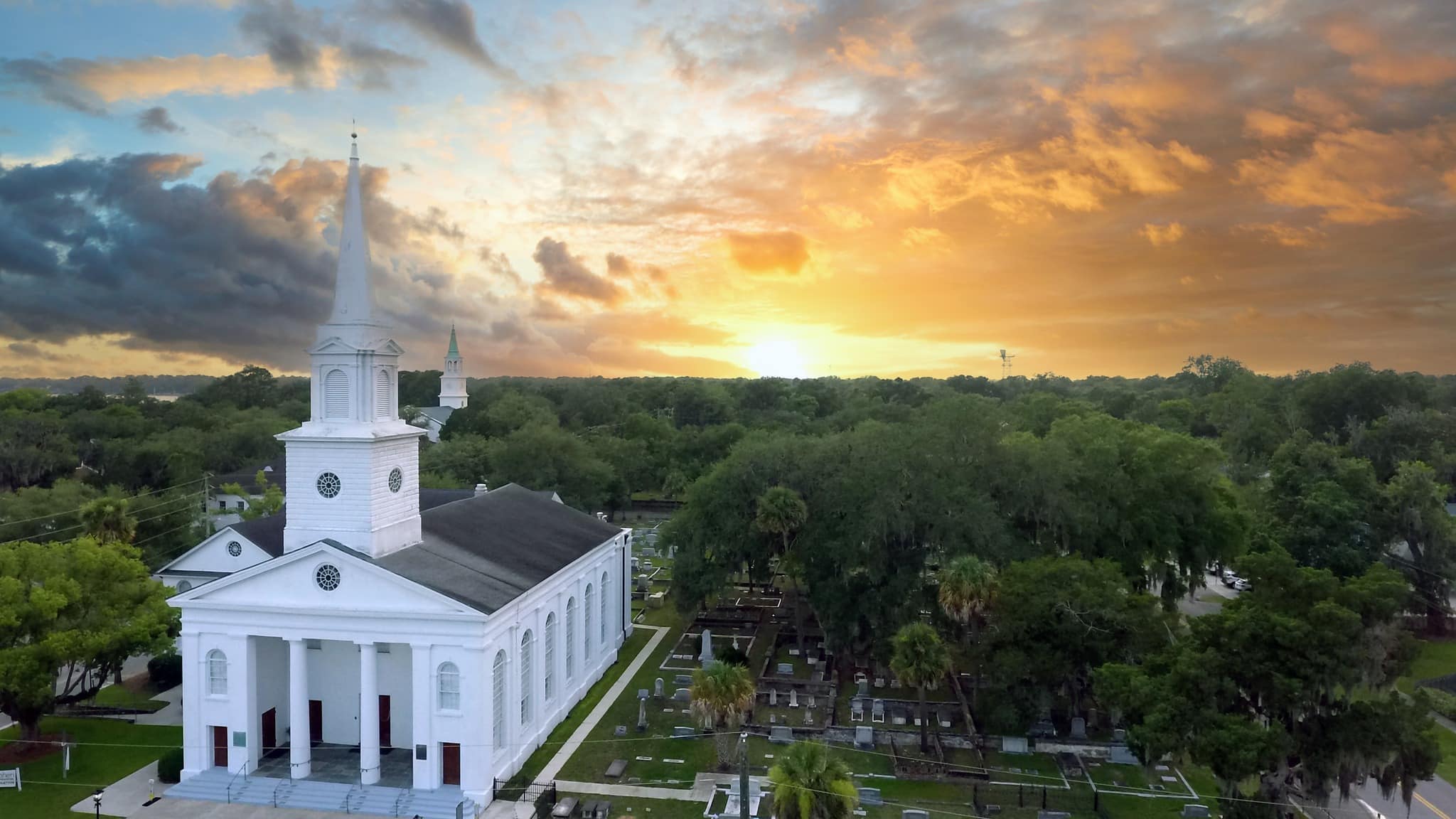The town of Beaufort, where I live, is steeped in history. Specifically Protestant history. Ribaut Road, one of the main thoroughfares in Beaufort, is named after the French Huguenot Jean Ribault, who colonized the area in 1562 on his way to Florida. Beaufort is also steeped in Baptist history. Richard Fuller, the third president of the Southern Baptist Convention and the co-author of the preamble of the inaugural SBC, was baptized in a nearby river (oddly enough, by an Episcopal priest). Fuller joined the Baptist church after being saved during a revival, where he heard the gospel from itinerant preacher Rev. Daniel Baker. After the revival in 1831, the Baptist Church of Beaufort received approximately 70 new members.
Across the lowcountry, the historical roots of revivalism run deep. In fact, without revival, South Carolina Baptists would have become something quite different than what they are today. For example, Oliver Hart, the founder of the Charleston Association — the very first Baptist association in the South — was a product of the Great Awakening. At the age of 18, Hart, originally from Pennsylvania, received Christ under the preaching of evangelist George Whitefield. And Hart never relinquished his love of revival narratives. One of his favorite works was A Faithful Narrative of the Surprising Work of God by Puritan theologian Jonathan Edwards, a detailed account of a revival that broke out in Northampton, Mass., in the early 1730s.
Hart’s successor at FBC Charleston was Richard Furman, the architect of the South Carolina Baptist Convention, the first in the South. Although Furman embodied the learned, refined style of Baptists that populated Charleston, he was in fact the product of rural revivalism. As a boy, Furman was converted by the backwoods preaching of Separate Baptist Joseph Reese near Santee, S.C. For the rest of his life, Furman anxiously awaited news of the latest revivals from the Second Great Awakening, from South Carolina to the wilds of Kentucky.
One might say that the revivalistic impulse in the lowcountry began during the Great Awakening and extends to the present-day. When George Whitefield visited South Carolina during his tour of the New World, he was not well-received in establishment Charleston, but he was celebrated in places like Euhaw Baptist Church in Coosawhatchie. Over a century later, lowcountry Baptists were still anticipating and praying for an outpouring of the Holy Spirit. At the 1851 meeting of the Charleston Baptist Association, one church reported, “Nothing special to write — in full fellowship one with another, and attending to the means of grace. Preaching once a month, by Rev. J.S.C. Huffman, and a prayer meeting once a month. Hope for a revival.”
Indeed, the spiritual landscape of the South Carolina lowcountry has been profoundly shaped by revival, and nowhere more than in the Baptist church. Even now, in Baptist churches from Bluffton to Mount Pleasant, believers huddle in prayer expectantly, asking the Lord to once again pour out His Spirit upon this region and indeed the nation. As Taylor Burgess recently reminded the saints at Cross Community Church of Beaufort, “The Lord has done it here once. He can do it again.”
— Obbie Tyler Todd is teaching pastor and theologian-in-residence at Cross Community Church in Beaufort, S.C., and adjunct professor of Church History at New Orleans Baptist Theological Seminary. Todd and his wife, Kelly, have twins, Roman and Ruby.
